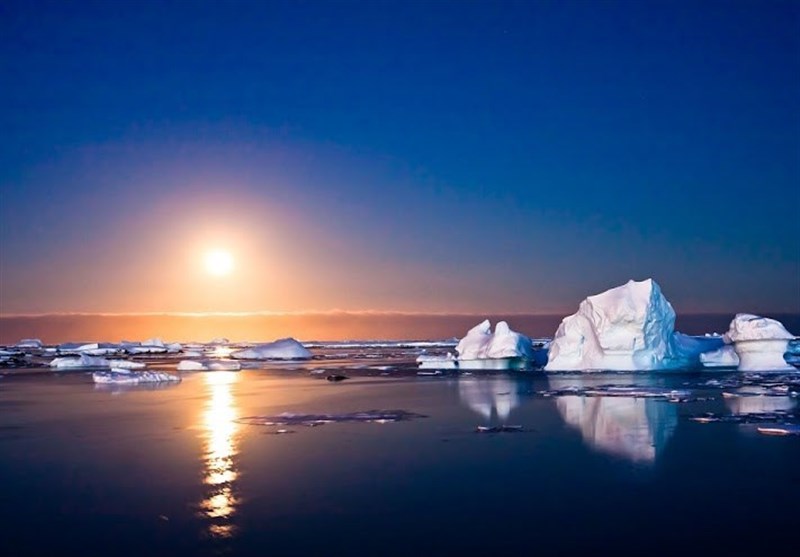Sea Level Rise from Antarctic Melt Could Be 30% Higher than Scientists Thought
TEHRAN (Tasnim) – The Antarctic ice sheet contains a global disaster waiting to happen.
As global temperatures continue to rise due to anthropogenic climate breakdown, water currently locked in the form of Antarctic ice will melt into the oceans, raising sea levels to a point that will have a significant impact on coastal communities, even in the next few decades.
Over the next 1,000 years, our best predictions have put this rise at 3.2 meters (10.5 feet), but new research suggests that even this worrying figure might be a little too optimistic. According to a revised prediction, the rise over the next millennium could be a meter higher still, resulting in up to 30 percent additional increase.
It's a result that's going to have serious implications for the way we model the effects of climate breakdown going forward.
"Every published projection of sea level rise due to melting of the West Antarctic ice sheet that has been based on climate modeling, whether the projection extends to the end of this century or longer into the future, is going to have to be revised upward because of their work," said Earth and planetary scientist Jerry Mitrovica of Harvard University.
"Every single one"
It all has to do with something called a water expulsion mechanism. As the ice sheet melts, the Antarctic bedrock, currently below sea level, will rise, expelling the meltwater around it into the ocean as well. It's that additional, expelled water that will be responsible for the extra meter, according to new calculations.
"The magnitude of the effect shocked us," said Earth and planetary scientist Linda Pan of Harvard University. "Previous studies that had considered the mechanism dismissed it as inconsequential."
Pan, her colleague Evelyn Powell and their team first noticed the effect when they were working on a different sea level change project. As they performed their calculations, though, they noticed that there was a larger rise from a water expulsion mechanism than they expected, so they switched their focus to find out what was going on.
The mantle below the West Antarctic ice sheet is shallow, and has low viscosity, according to a number of studies. This means that it should rebound upward rapidly, pushing meltwater away. This has been known about for some time, but the contribution to sea level rise had been assessed as minimal.
The team's calculations, however, added in the complex, three-dimensional viscoelastic structure of the mantle, and used it to model both past and future sea level changes due to melting of the Antarctic ice sheet.
During the last interglacial period, when the contribution to sea level rise from the collapse of the Antarctic ice sheet had been calculated to be around 3 to 4 meters, the team found that the water expulsion mechanism added a meter over the course of 1,000 years.
"No matter what scenario we used for the collapse of the West Antarctic Ice Sheet, we always found that this extra one meter of global sea level rise took place," Pan said.
When modelling future collapse, they found a similar contribution. But it's not a problem we can just kick down the road. The team's calculations suggest that when we add in the expulsion mechanism, we could see an 18 percent increase in projected sea level rise by the end of this century.
This finding seriously highlights the need for urgent action to meet carbon neutrality targets laid out in the Paris Agreement, before we pass the point of no return.
"Sea level rise doesn't stop when the ice stops melting," Pan said. "The damage we are doing to our coastlines will continue for centuries."
The team's research has been published in Science Advances.






